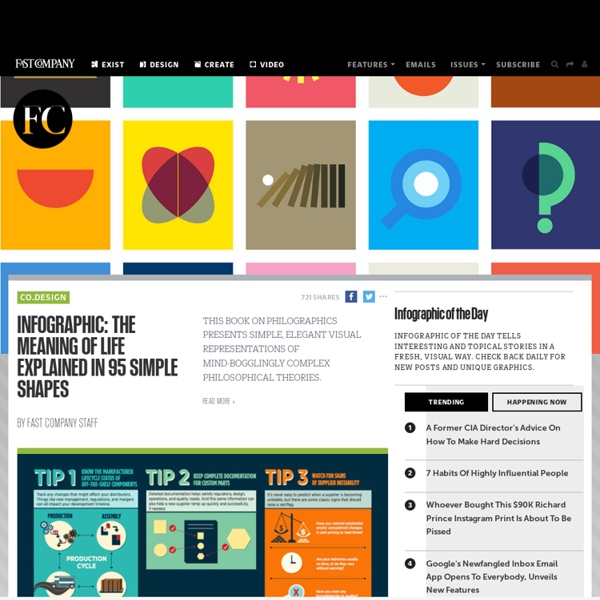



IBM Advanced visualization Democratizing visualization Advanced visualization from IBM can help you gain insight from the myriad of data that your company generates. You can understand much more about the underlying numbers in your data when you can see them. For your visualization to be effective, you need technology that simplifies the visualization creation process and guidance from visualization specialists who can show you the best format for presenting your data. IBM Many Eyes, a web community that connects visualization experts, practitioners, academics and enthusiasts, offers this technology and expertise, along with ways to share and learn from others. The appeal of the Many Eyes website is that it democratizes visualization. Upload your public data set. Who is using Many Eyes and how All kinds of people use the community at the Many Eyes website to demonstrate research, make a point, understand trends and patterns or illustrate a theory. Sample Many Eyes Visualizations Visualization expertise
Parallax View Spatially speaking, the game Parallax looks pretty amazing, especially now that, in the words of Rock, Paper, Shotgun, the developers—two students at Queen's University, calling themselves Toasty Games—have "decided to turn off all the gravity." The resulting "gravitational surface test," seen in the first video embedded above, lets you twist, meander, level-hop, and corkscrew around inside the game's "overlapping spatial dimensions," passing through portals on windowed ribbons of black and white space. The game has not been released yet, but, if it looks like something you might want to play someday, consider voting for Parallax over on Steam Greenlight.
Color Hex - ColorHexa.com Explore: Seeking New Species A hungry guide caught a foot-long catfish in a Suriname river in 2010 and began to gut it. But the fish didn’t turn into a fillet—rather, it turned out to be an undiscovered species. The guide was part of a Conservation International-led survey of a tropical forest. In the 1730s Swedish botanist Carl Linnaeus set out rules for classifying species, the most basic biological category: a group of living things that look alike and normally mate only with each other. As these examples illustrate, most vertebrates have been identified, but many invertebrates—especially insects—remain for future generations of explorers to discover. 5W Infographics; Alexander Stegmaier, NGM StaffSources: IUCN; Arthur D.
The Graphic Continuum: A Poster Project for Your Office For more than a year, I’ve been working on-and-off on a project I call The Graphic Continuum. It’s my view of the many different types of visualizations available to us when we encode and present data. In some ways, it’s a larger, more comprehensive variation on other classification systems (for example, here, here, and maybe even here) that show how certain types of data map to certain types of graph types. Working with Severino Ribecca, we set out to display this space in a clear and easy-to-read form. We’ve plotted nearly 90 different graphics across five main categories: Distribution, Time, Comparing Categories, Geospatial, Part-to-Whole, and Relationships. The Graphic Continuum is printed on heavy matte paper in a standard 24″x36″ format and is now on sale. We hope you use it and enjoy it.
Why the Rich Don't Give to Charity - Ken Stern When Mort Zuckerman, the New York City real-estate and media mogul, lavished $200 million on Columbia University in December to endow the Mortimer B. Zuckerman Mind Brain Behavior Institute, he did so with fanfare suitable to the occasion: the press conference was attended by two Nobel laureates, the president of the university, the mayor, and journalists from some of New York’s major media outlets. Many of the 12 other individual charitable gifts that topped $100 million in the U.S. last year were showered with similar attention: $150 million from Carl Icahn to the Mount Sinai School of Medicine, $125 million from Phil Knight to the Oregon Health & Science University, and $300 million from Paul Allen to the Allen Institute for Brain Science in Seattle, among them. It is not. One of the most surprising, and perhaps confounding, facts of charity in America is that the people who can least afford to give are the ones who donate the greatest percentage of their income. But why?
Color Oracle Inequality: for the 10th grader in you | Economics for public policy Hi my name is Z… and I am in 10th grade, I have a history project relating to economic inequality and social justice. I found your blog on economic inequality online and I was wondering if you could answer my interview questions, the questions are — What has happened to make economic inequality relevant in Canadian history? and To what degree has a commitment to social justice been significant in creating Canada today? Dear Z…, thank you for thinking of me and for the opportunity to address your questions. 1. Inequality has changed tremendously in Canada, and in other countries during say the last 100 years. Some people say that a commitment to social justice is a commitment to more equal economic outcomes, and also to more equality of opportunities so that anyone—regardless of which family they were born into—can succeed in life if they are talented and work hard. Like this: Like Loading...
Tagxedo - Word Cloud with Styles